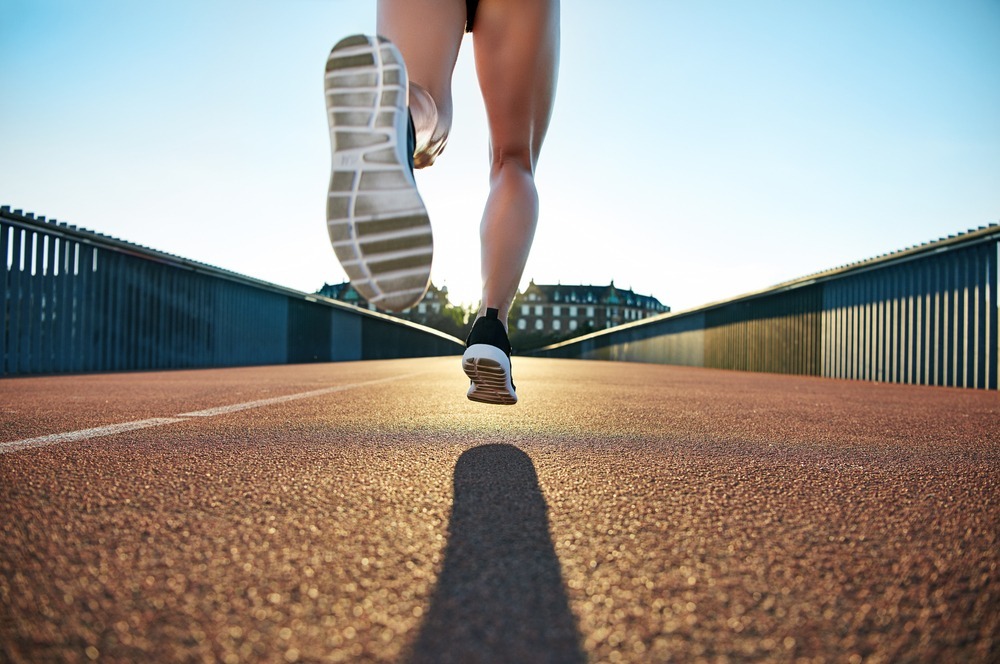Testimonials
“It’s a really pleasant environment to come to. They made me feel totally relaxed, comfortable and at ease during the treatment”
– Anna
“The care at Cheadle Osteopathy has been fantastic, really welcoming, professional and great baby care facilities. The follow up and advice have been great too”
– Sarah
“The care at Cheadle Osteopathy has been fantastic, really welcoming, professional and great baby care facilities. The follow up and advice have been great too”
– Sarah
“After treatment I felt younger again! And able to move around better without the niggly aches and pains”
– Neil
“What I really like about Cheadle Osteopathy is that you’re treated as a whole person…I’ve felt really nurtured and cared for and my Osteopath has really gone the extra mile for me”
– Lorraine
“What I really like about Cheadle Osteopathy is that you’re treated as a whole person…I’ve felt really nurtured and cared for and my Osteopath has really gone the extra mile for me”
– Lorraine
“The benefits have been the initial relief from pain. I can move a lot better and can now play golf again – which has been a big bonus”
– Carloyn
“I would 100% recommend Cheadle Osteopathy – everything about this place is absolutely incredible.”
– Nadia
“I would 100% recommend Cheadle Osteopathy – everything about this place is absolutely incredible.”
– Nadia
“I think other boys & girls should come for treatment because it’s really helped me as I’ve grown.”
– Amira
I would recommend Cheadle Osteopathy becuase it tends to work and I tend to be fixed afterwards.”
– Josh
I would recommend Cheadle Osteopathy becuase it tends to work and I tend to be fixed afterwards.”
– Josh
Our 3 Steps To Feeling Better
You don’t have to miss out on life anymore

Get Started
Do you have any questions? Are you ready to book your appointment? Please get in touch! Our friendly and professional team are here to help. Click below to find out how to contact us.
